Scientists Photograph 50 Never-Before-Seen Deep Sea Species
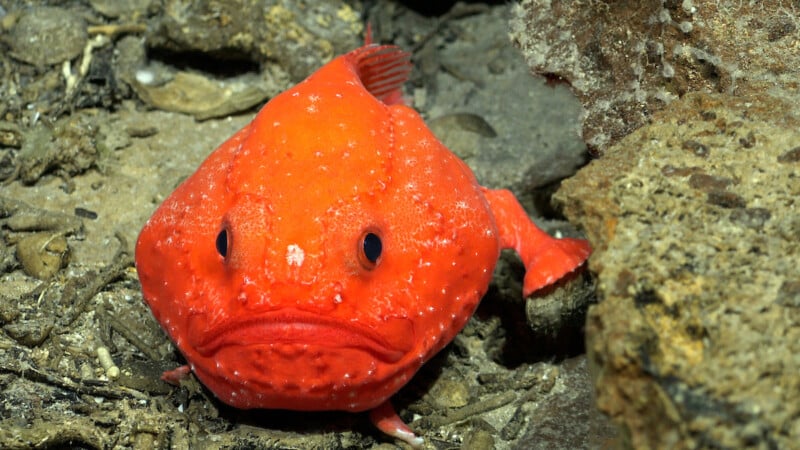
These photos show never-before-seen underwater creatures living within the Pacific Ocean deep off Chile’s coastline.
Scientists photographed more than 50 species that were discovered during a deep-sea expedition.
along the Salas y Gómez Ridge off the coast of Rapa Nui, Chile.
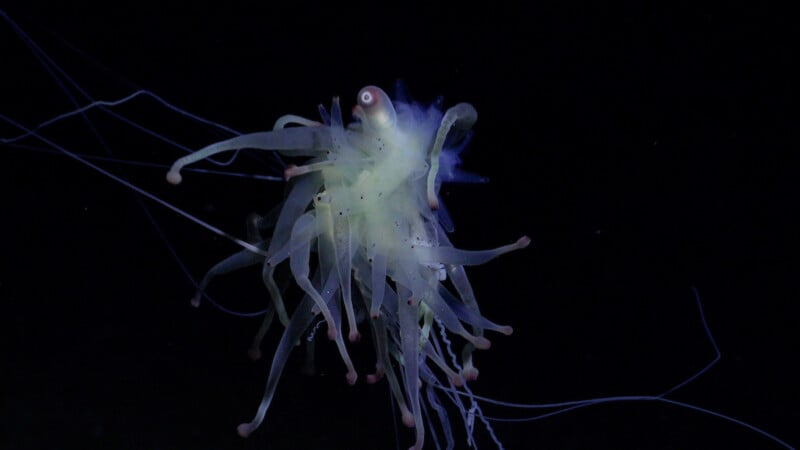
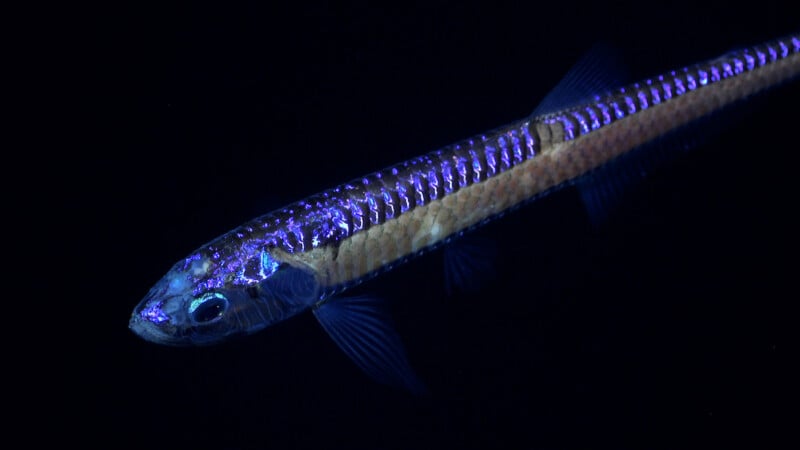
The discoveries come from an international group of scientists from the Schmidt Ocean Institute expedition who were testing new camera technologies during the voyage.
The international team of scientists observed 160 species on the Salas y Gómez Ridge — an underwater mountain chain of volcanic origin in the Southeastern Pacific Ocean — that have not been known to live in the region. The team also suspects that at least 50 of these species are new to science.
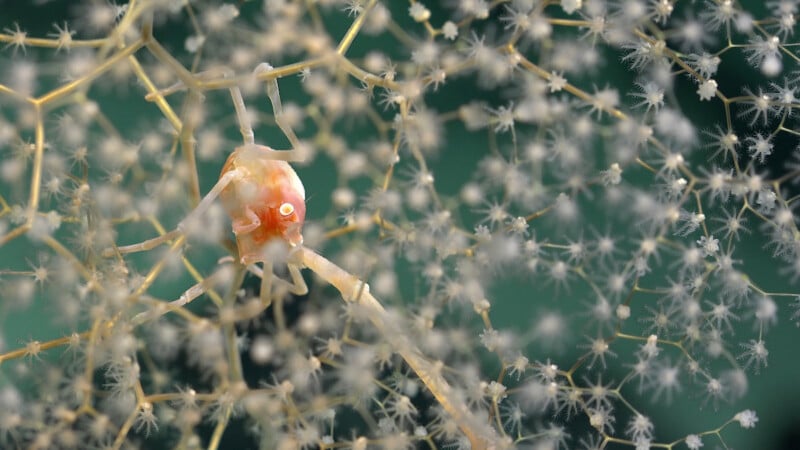
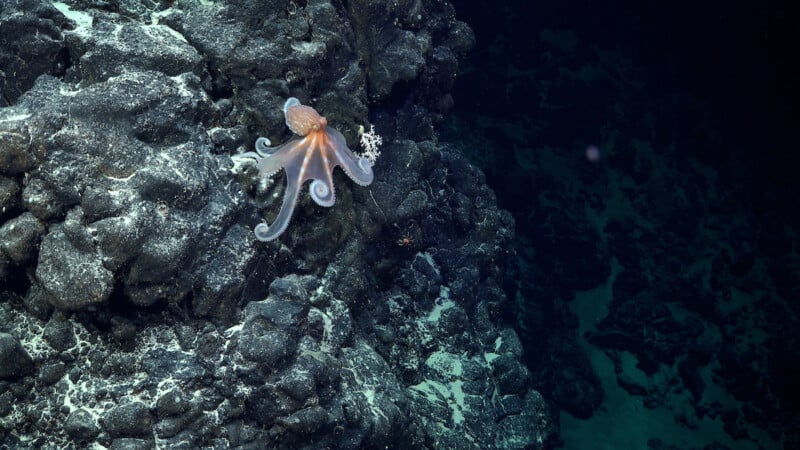
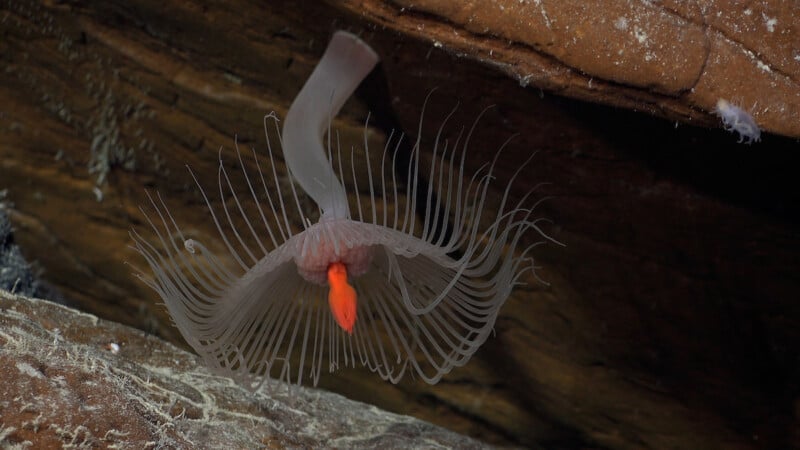
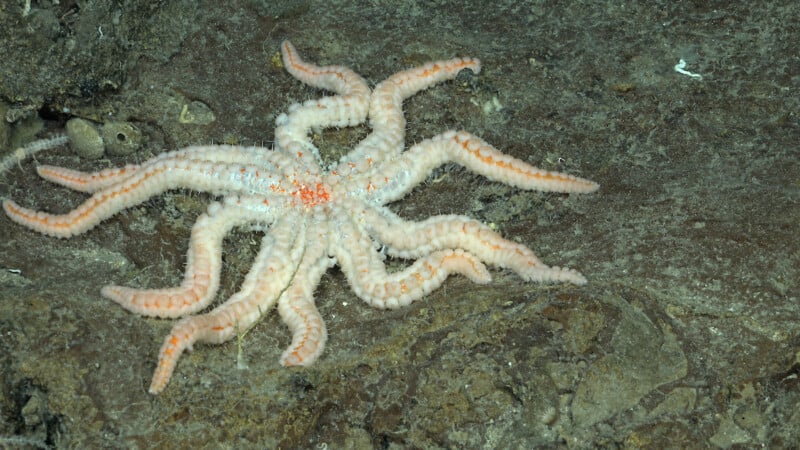
The observed species consists of squid, fish, corals, mollusks, sea stars, glass sponges, sea urchins, crabs, and squat lobsters, among others.
Additionally, the team also recorded a sighting of the deepest-known photosynthesis-dependent animal in the world: a Leptoseris, which is commonly known as a wrinkle coral.
New Camera Technologies
During the expedition, engineers tested new camera technologies, including a hyperspectral and stereo camera system developed by MBARI (Monterey Bay Aquarium Research Institute). The engineers hope to scale these low-cost technologies to better support biodiversity surveys on the seafloor.
“The international team on board Falkor (too) undertook a long voyage to shed light on this major, yet little mapped, underwater mountain range in the south Pacific and its diverse ecosystem,” Schmidt Ocean Institute Executive Director Dr. Jyotika Virmani says in a statement.
“Schmidt Ocean Institute supports engineers developing novel technologies and the new cameras tested added immense detail and more easily showed the incredibly vibrant colors underwater and will, in future, aid us in better understanding marine life.”
This is the second expedition to Salas y Gómez Ridge by the Schmidt Ocean Institute in 2024. In February, PetaPixel reported on the scientific team’s first trip to the area which revealed 100 new species.
Image credits: All images by Schmidt Ocean Institute